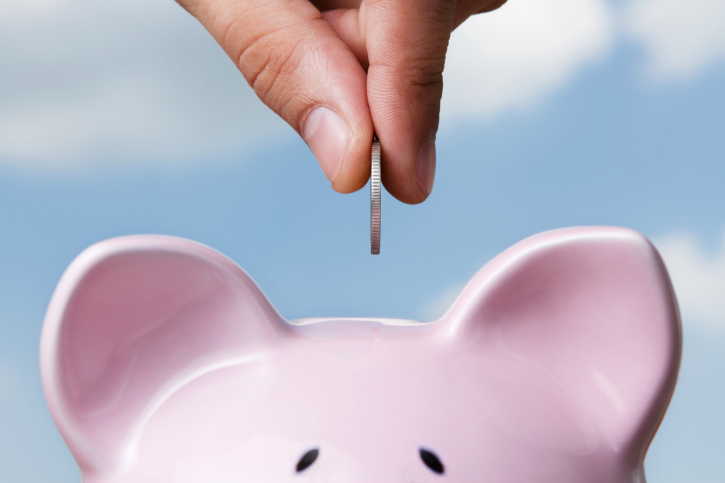The Pros and Cons of Paying Your Mortgage Bi-weekly Vs. Monthly
 When applying for a new mortgage or after closing, many may have the option to choose between a single monthly mortgage payment or smaller bi-weekly payments. There are benefits and drawbacks associated with both options, and some personal financial considerations may need to be reviewed in order to make a decision that is best for the individual. With a closer look at the pros and cons of both options, homeowners or home mortgage applicants can make a more informed decision.
When applying for a new mortgage or after closing, many may have the option to choose between a single monthly mortgage payment or smaller bi-weekly payments. There are benefits and drawbacks associated with both options, and some personal financial considerations may need to be reviewed in order to make a decision that is best for the individual. With a closer look at the pros and cons of both options, homeowners or home mortgage applicants can make a more informed decision.
Easy Budget Management For Some
With a single monthly mortgage payment, there is often a need for those who get paid two or more times per month to properly budget so that they can comfortably manage the large mortgage payment with all of their other expenses throughout the month. With bi-weekly payments, the two smaller payments may be easier for some who are paid multiple times per month to manage and budget for. When an individual gets paid one time per month, the individual pay prefer to make the single payment each month.
Faster Debt Reduction
With a monthly payment schedule, 12 full payments will be made per year, and this is in contrast to a bi-weekly schedule which will result in the equivalent of 13 full payments being made per year. Essentially, the extra full payment that will be made with a bi-weekly payment schedule will result in faster debt reduction and in greater accumulation of equity over time. This can improve the homeowner’s financial standing over time.
Lower Interest Charges Over The Life Of The Loan
Because the principal balance will be reduced at a faster rate over time with bi-weekly mortgage payments, the total interest that is assessed on the loan will be reduced in comparison to monthly payments. Depending on the size of the loan and the interest rate on the loan, this may equate to a savings of tens of thousands of dollars or more in some cases.
Each homeowner’s or home applicant’s financial situation will be unique, and factors related to income, payment schedule, the desire to increase equity quickly and more should all be carefully considered. Bi-weekly payments often can be established during the loan application process, but they may also be set up after closing. Those who are interested in establishing affordable mortgage payments can speak with a mortgage representative about some of the different options available.

 A home mortgage payment can be a large or even the largest expense in a person’s budget, and not having this payment any longer can be a life changing experience. Because of this, you may be dreaming about the day when you no longer have to make this payment. Some people may even actively make extra payments to their mortgage in order to pay the outstanding balance off more quickly. These may be funds from an IRS tax refund, cash received from the holidays or a birthday or some other windfall. Before you make the decision about whether to use spare funds to pay your mortgage down more quickly, consider these pros and cons.
A home mortgage payment can be a large or even the largest expense in a person’s budget, and not having this payment any longer can be a life changing experience. Because of this, you may be dreaming about the day when you no longer have to make this payment. Some people may even actively make extra payments to their mortgage in order to pay the outstanding balance off more quickly. These may be funds from an IRS tax refund, cash received from the holidays or a birthday or some other windfall. Before you make the decision about whether to use spare funds to pay your mortgage down more quickly, consider these pros and cons. If your personal budget is similar to many other people’s budgets, your home mortgage payment is by far the largest expense that you pay for each month. In fact, this payment may easily account for 20 or 25 percent or more of your take-home income.
If your personal budget is similar to many other people’s budgets, your home mortgage payment is by far the largest expense that you pay for each month. In fact, this payment may easily account for 20 or 25 percent or more of your take-home income.